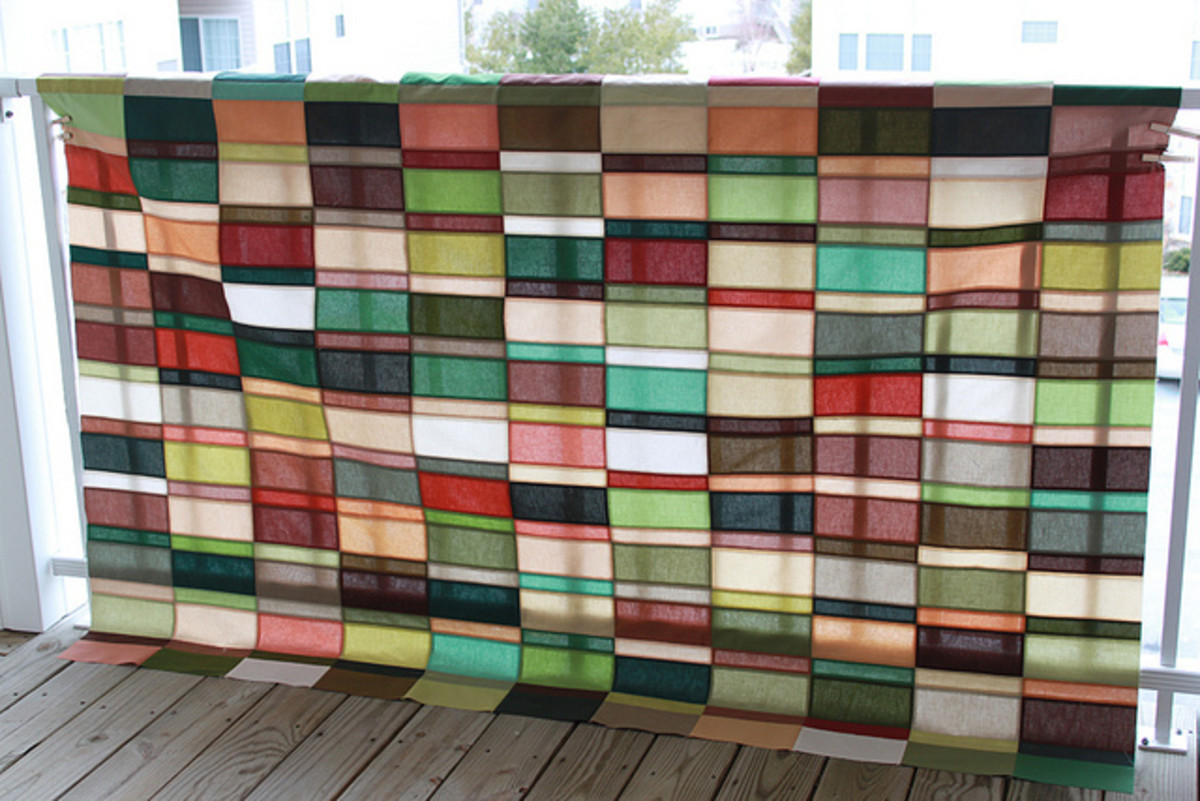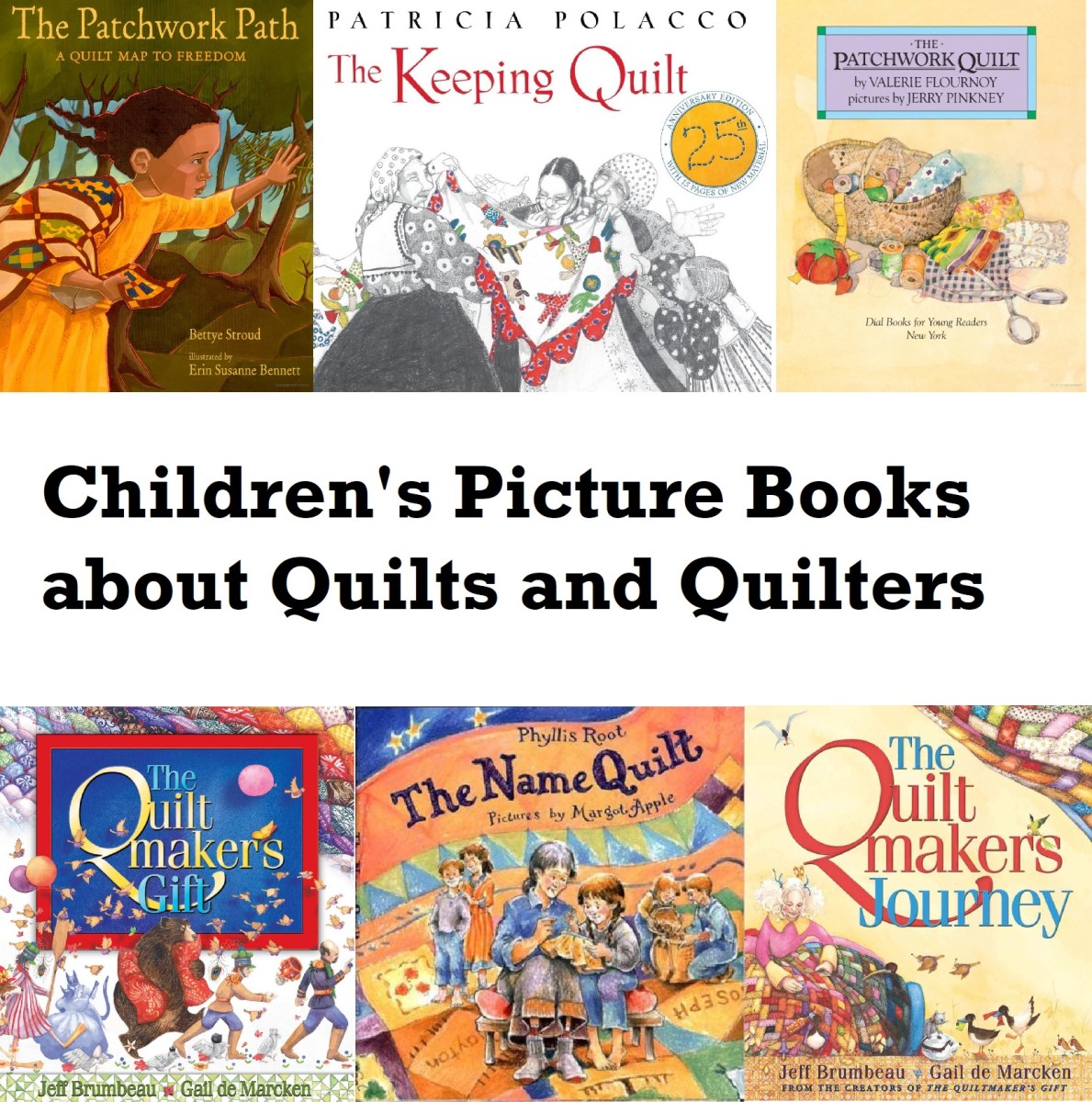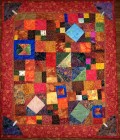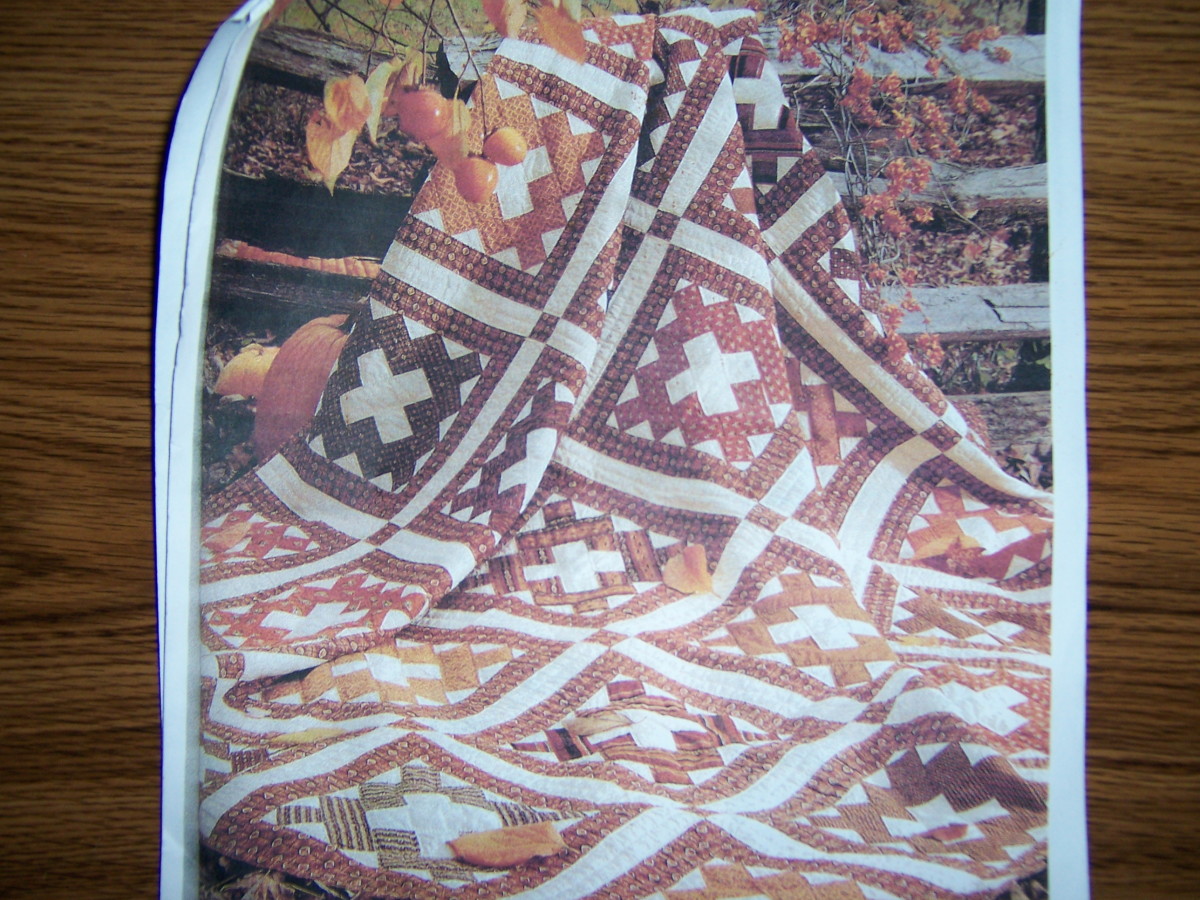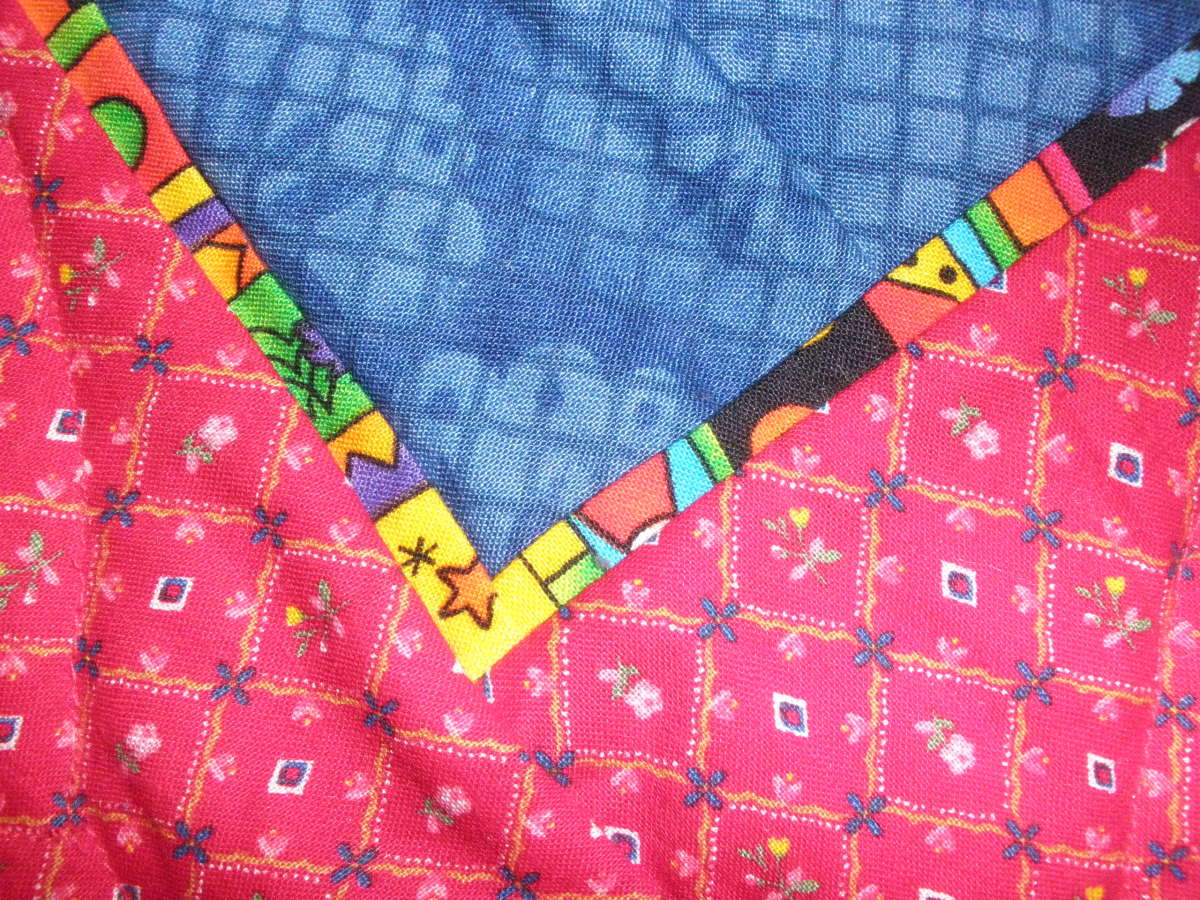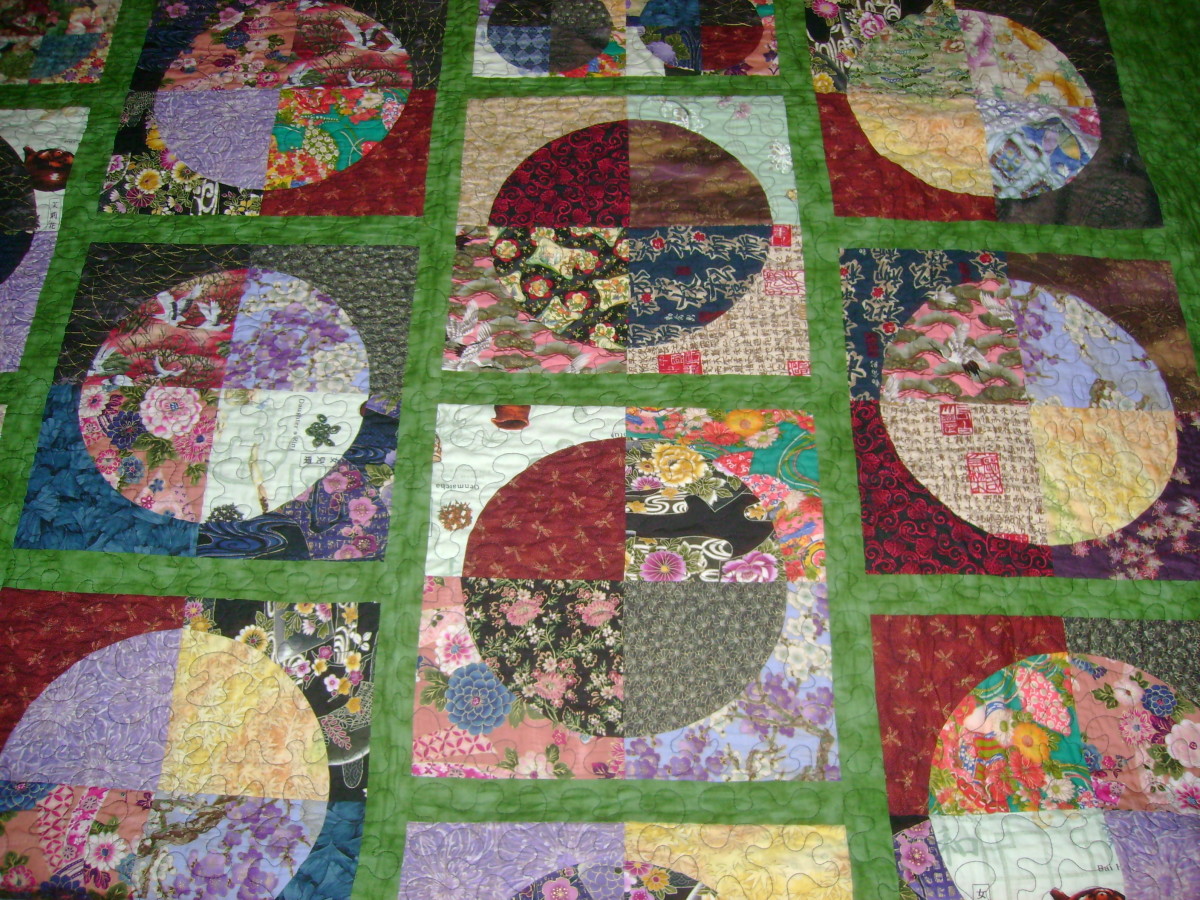Best Patchwork Tools Ever!
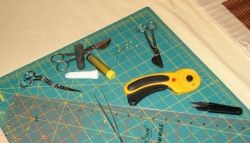
Best Ever Tools for Patchwork
I make quilts and I write about making them and I teach others how to make them.
I have tried all sorts of gadgets and thing-a-me-bobs to make my quilting easier. Over the last thirty years I have discovered my favourite tools and I'm going to share them with you.
Let me tell you about my favourite tools for patchwork quiltmaking
Every cook has a favourite knife, every photographer a favourite camera, quilters are no exception.
There are tools which you reach for whenever you are working, and here are mine.
Favourite Tools of Jan T for:
- Rotary cutting
- Scissor cutting
- Pinning patches together
- Pin basting
- Design
- All sorts
- Marking quilt designs
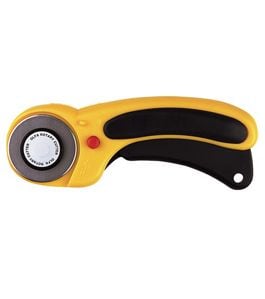
Best Tool for Rotary Cutting
Template free quiltmaking is what many quiltmakers use for their work these days, a far cry from the templates of old. This method entails using strips cut from the width of the fabric and then cut into patches according to the pattern you are sewing.
While you could cut these strips with a pair of scissors, using a rotary cutter against a quilter's ruler is accurate and quick.
Cutting fabric with a rotary cutter — a tool that looks like a pizza cutter — is so fast.
A medium-sized rotary cutter will be best for most of your patchwork tasks, together with a special cutting mat to prolong the life of your cutter blade, and to protect your work surface. My preference is a 45mm blade size, as I find both the small and the large cutter tiring for my hand when doing lots of cutting.
Another most important feature is the ability to lock the blade closed. Children won't cut themselves nor will quilters who are chatting and not attentive enough. patches of various shapes according to On my favourite cutter, there is a red button which you press to lock the handle so that you can no longer get the blade to pop out.
For specialised cutting not for patchwork, there are several different sized cutters, with different edges to the blades, such as awavy edge.
Rotary Cutter Sizes
What is Your Favourite?
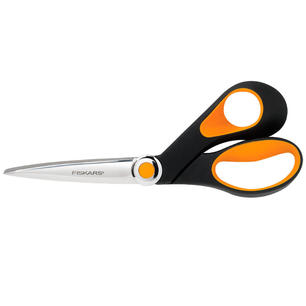
Best Scissors For Patchwork
Scissors You Need
- You need a large pair of comfortable to hold scissors for cutting batting, and for other cutting tasks which the rotary cutter doesn't handle as well. Ever since I bought my Softgrip Fiskars, I've wondered how I ever managed without them! ***** from me.
- You need a pair of snippers to cut thread ends as you sew. Easy to hold in one hand and inexpensive to buy.
- You need a pair of curved end embroidery machine scissors, which are invaluable for trimming threads under the machine close to the work. Great for snipping threads after you bring them to the top of the quilt sandwich while free machine quilting. Mine are in the can't work without category.
- You need a pair of duckbill scissors for when you are sewing applique, particularly hand applique. These have a blunt end on one blade and a curved, wide flat blade on the other, and are great for getting in under applied patches to trim away the seam allowance. The blunt end prevents accidentally cutting the top or right side of the patchwork.
Patchwork Pins I Use
For Pinning Patches, For Basting
Four essential pin types for my studio:
- Glass headed pins are great for pinning blocks together. The heads are easy to grasp as the work comes near to the needle, and are easily removed before the machine gets to them. Also called berry pins.
- Silk pins are extremely fine pins which are excellent for pinning patches on backgrounds.
- Flower head pins are an alternative to glass headed or bead topped pins. These pins lie flat on the work and are useful for basting small areas close to the sewing machine needle.
- Curved (banana) brass safety pins — fine and short — for basting your quilt top to the batting and lining.
A Word of Warning
About 'Rustless' Pins
If you live in area with high humidity, or with a high rainfall, don't buy the so-called rustless pins.
These pins are usually plated, and if the surface is scratched, moisture gets in and they will rust!
On the back of one of my charity quilts, which had been set aside for a while, were a few long rust lines, and the pins were rusted in place. I had to prise the pins out, which was tricky, and then repair the offending area on the quilt.
My Go-To Marker for Quilts
When judging quilts, my pet hate is being able to see the pencil lines on a finished quilt. Design lines are never visible on my own quilts.
While I have tried many tools over thirty years to mark my quilt tops with quilting designs, such as Treasure Marker™, blue wash out felt tipped markers, miracle fade out felt tipped pens, even lead pencils, my go-to marking device is now always my Chaco Liner™.
The chalk liner has a tiny serrated edged wheel in the tapered tip. This leaves a very fine line of chalk as you draw on your fabric.
Chalk liners are excellent. They dust off after you have finished. I use a white for most things and a yellow for white fabrics.
I have found that other colours in the chalk, especially the blue, sometimes remain after the chalk has been brushed away. This only happens on occasional fabrics, but since you don't know which fabric will cause this problem, it's best to be cautious and stick to white.
White chalk even shows up on unbleached or seeded calico (muslin) under a bright working light, so that is the colour of chalk in my Chaco Liner™ always.
The down side is that you need to mark a portion at a time, or the marks will disappear. I mark like this all the time and find it to be not too hard.
Another great use for this tool is drawing around templates for applique, or for any template style patchwork.
Worst Marking Tools for Quilts
(In my opinion)
Marking quilt tops ready for quilting can be fraught with danger, and the following are not good for quilts.
1. Felt-Tipped Markers
In the past, we used the amazing blue wash-out markers, with disastrous results. A famous Australian quiltmaker won best of show at the Sydney Quilt Show — Australia's larget show. Her quilt was in pride of place, with spotlights on it so viewers could admire the stunning machine quilting on the white fabric surrounding the blue feathered stars.
Some time into the show, an alarming development!
Blue stains were appearing here and there and spreading into the surface of the quilt! It turned out that these wonderful new pens left residue in the batting, and under heat re-appeared permanently!
I have a quilt that has a blue stain in the white inner border. This appeared years later after repeated washings. So I don't use them any more.
2. Disappearing Markers (the Purple Ones)
Another marking tool to avoid at all costs.
It has been shown that these markers can cause holes to suddenly appear where the lines once were. The chemicals are not safe for quilts, which don't get washed as often as clothing does. Safe for dressmaking, then, not safe for quilting.
3. Graphite/Lead Pencils
I have been invited to judge quilt shows in many areas of Australia, and I have to choose one quilt from several beautiful quilts. Eliminating the not-so-good ones at first is the easiest bit. When it comes down to one from the last few good ones, I start to look for less obvious signs in order to eliminate the rest.
One of my pet hates is lead pencil marks still on a quilt top. They won't come out! I tell my students not to use pencil to mark quilts, it's too risky.
Must-Have Tool in My Quilter's Toolbox
A Door Peephole
Yes, a door peephole! You know the type, little brass or steel do-dads that you insert in your door to see who's come a-knocking.
These peepholes are actually reducing glasses, which instead of magnifying like binoculars, make the object appear smaller.
When you look through the 'fat' end, you get a reduced view of your quilt and immediately can see any patches that pop out where you didn't want that piece to be prominent.
How Does it Help Quiltmaking?
Colours that don't work at all, or are too close in value to the next patch, making the design appear flawed, will be easy to spot using one of these little tools.
Auditioning fabrics for borders is a simple task when you use one of these glasses.
You can look through the wrong end of a pair of binoculars to get the same reducing effect, but that is a more cumbersome method of reducing your view of the quilt and its design. My students are always amazed to see what 'errors' in their designs, if any, are clearly noticable when looking through the viewer.
I screwed mine apart and attached a loop of red ribbon around the neck, screwed it back together and it hangs on the design wall. The ribbon makes it easier to find on the studio desk if it isn't hanging on its hook.
An invaluable, inexpensive aid to design.
My Pin Fasteners
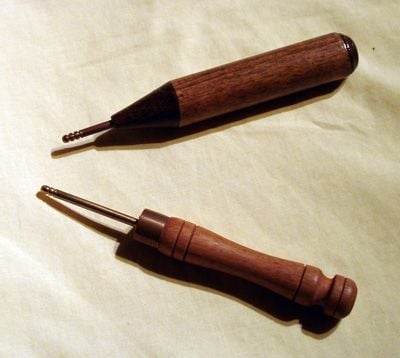
Kwik Klip on Amazon

Another Must Have Tool
I need this one.
A safety pin closer/opener for helping to baste your quilt sandwich.
Years ago, a friend at a quilt retreat gave me a gift because she thought it would help me when basting, as I have part of my left hand missing from an accident.
That gift was a Kwik Klip ® safety pin fastener. The tool has a brass fitting at the top which has grooves in it to catch hold of the pins as you are closing them, and a polished wooden handle that is easy to hold.
The tool takes a bit of getting used to, as my students can attest, but once you get your own technique mastered, basting will not be a chore any more.
The basic technique is:
- Hold an open banana pin in your non-working hand
- With your Kwik Klip in your other hand, push slightly against the quilt sandwich.
- Insert the point of the pin into the little 'hill' at the tool tip and push to bring the pin through the sandwich.
- As the curved pin rises to the top of the quilt sandwich, slide it onto one of the grooves in the clip.
- Press down on the fastening side of the pin against the tool, and the pin will close.
It is so cool. I can baste a single bed quilt in half an hour with no sore fingers.
Another good friend asked her dad to make me a fancy pin clip, using his woodworking skills. It's really beautiful, and the thin turned handle fits into my hand so nicely.
You can see both of my pin clip tools in the picture above, right.
A pin clip is so cool. I can baste a single bed quilt in half an hour and no sore fingers.
— Jan T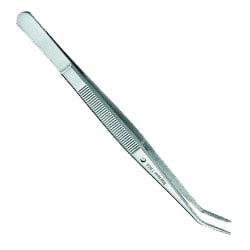
My Best Ever Quiltmaking Tool
What Tool is it?
I do nothing without my bent-nosed locking tweezers. Once I used them for a patchwork task, I realised that this was the best patchwork and quilting tool ever.
They are not really a patchwork/quilting gadget, but a tool that comes with an overlocker, to make threading the overlocker easier. They are even called Serger Threaders.
Why Are They the Best Ever?
- They hold the threads while I snip them close to the quilt when I am quilting by machine, and when I quilt by hand.
- They hold tricky patches as they go under the machine needle, to prevent the patches from slipping under the needle, or from moving against one another and spoiling the join.
- They pick up bits of thread caught in the bobbin race, or the tension spring on my machine, which makes cleaning the machine easier.
- They help to thread needles, both hand and machine.
- They can grasp the patches from behind the needle, and continue to guide the seam so it remains straight to the very end.
- They are like an extra hand helping to make the work more enjoyable.
- They are great for people who have arthritis, or other hand disabilities (like mine), for help with grasping tiny threads and patches.
- They can be used to pick up pins or other tiny bits that are hard to grasp.
In my sewing room they are my number one most useful, best ever patchwork and quilting tool.
Ever!
© 2009 Jan T Urquhart Baillie


